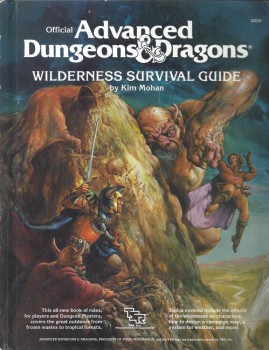Much of a Muchness: Phyllis Eisenstein’s Born to Exile
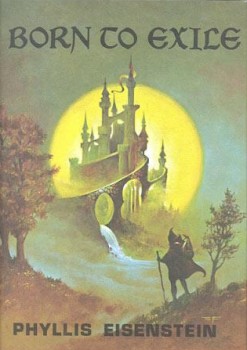
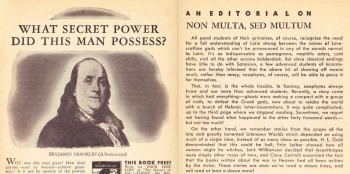
Recently I was reading an editorial in Fantasy Fiction, an old magazine from near the end of the pulp era. This is the kind of thing I’m apt to do, especially when I should be getting some work done, but in this case I was hooked by the title, which was one of Latin’s greatest hits about reading: NON MULTA, SED MULTUM (“not many things, but much of a thing”).
The message of the editorial was that the editor was seeing too many stories that overdid the number of fantastic elements: “Recently a story came in which had everything — ghosts were making a compact with a group of trolls to defeat the Greek gods, now about to retake the world with a bunch of Hebraic letter incantations.”
The editor felt this was bad and stopped reading on the third page. I say it sounds awesome and the editor should have been banished to the outer darkness where there shall be wailing and gnashing of teeth. But I’m of the opposite school of fantasy — the “more cowbell” school, you might call it (to allude to another classic). Some people will try to tell you that less is more, but “more cowbell” people insist that only more is more: more miracles, more fireballs, more talking squids in space.
The truth is that neither school is right or wrong; it’s just a question of what works in a given story. The advantage of the non multa, sed multum approach is that it allows the writer to explore the ramifications of a fantastic concept, and maybe work in a character or two, not to mention a more carefully detailed world.
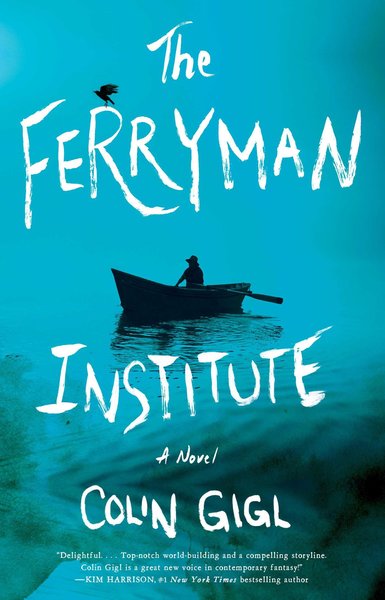
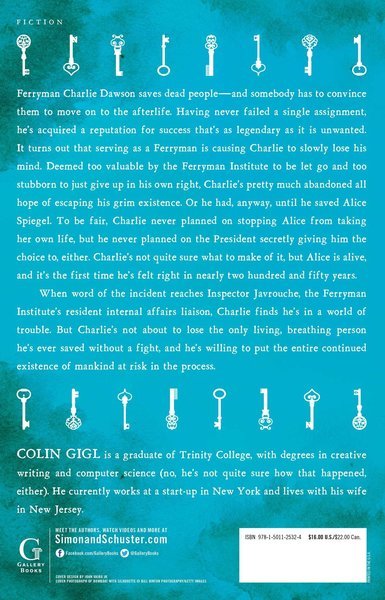


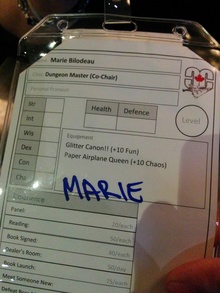 Last weekend I attended Can-Con as a Special Guest. The Guests of Honour were Eric Choi (Science), Tanya Huff (Author), Sam Morgan (Agent, JABberwocky Literary Agency), and Sheila Williams (Editor, Asimov’s Science Fiction Magazine).
Last weekend I attended Can-Con as a Special Guest. The Guests of Honour were Eric Choi (Science), Tanya Huff (Author), Sam Morgan (Agent, JABberwocky Literary Agency), and Sheila Williams (Editor, Asimov’s Science Fiction Magazine).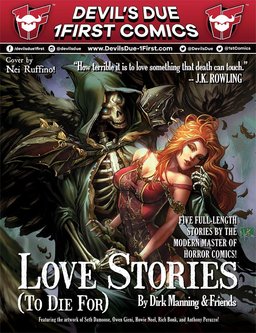
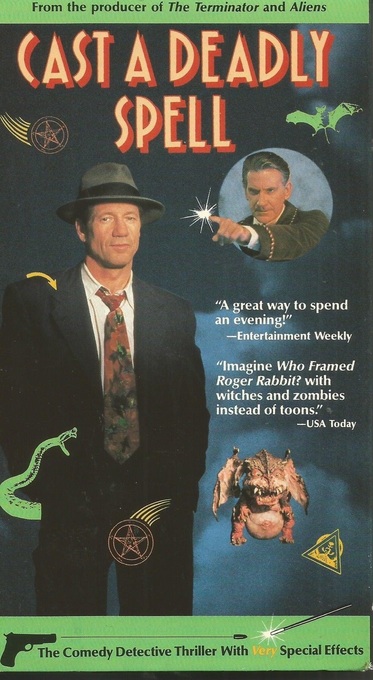
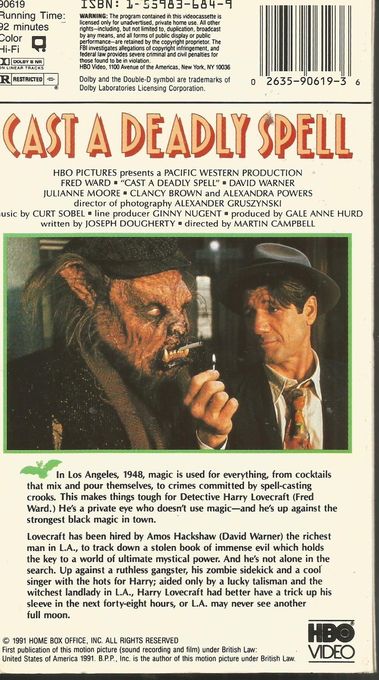
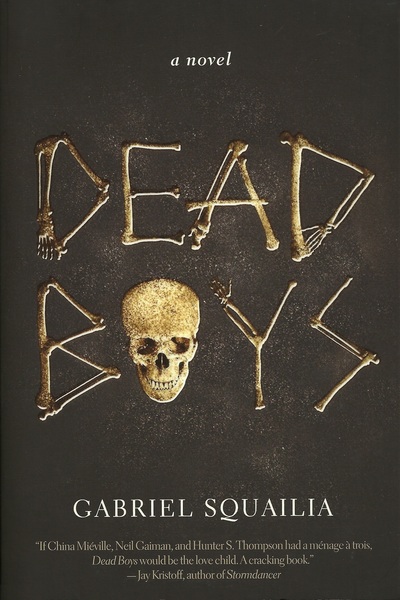
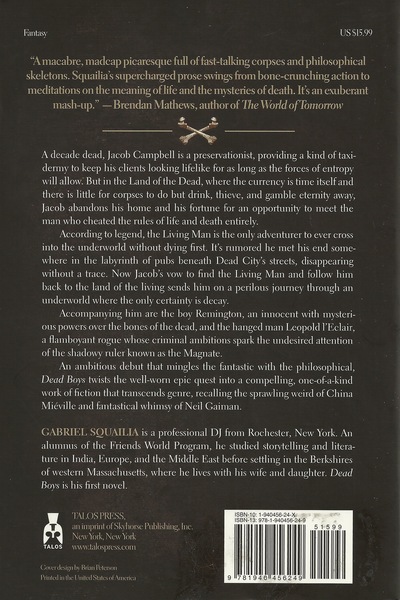
 Saturday, July 23, was going to be a long day for me at the Fantasia film festival, filled with some tough choices about what to watch. Some of those choices were clarified early on, when thanks to the good work of the people at Fantasia I was able to watch a screener of Assassination Classroom: The Graduation. That resolved a schedule conflict later in the day, and just after noon I’d see my first theatrical screening: Nova Seed, a Canadian animated feature that was playing with an almost half-hour-long short film from Mexico, Revoltoso. After that I had a couple hours until the next set of movies, and I planned to get a good meal. This did not happen. Instead I’d end up taking a test drive of the future — or what seems to me like the future, or at least like a future.
Saturday, July 23, was going to be a long day for me at the Fantasia film festival, filled with some tough choices about what to watch. Some of those choices were clarified early on, when thanks to the good work of the people at Fantasia I was able to watch a screener of Assassination Classroom: The Graduation. That resolved a schedule conflict later in the day, and just after noon I’d see my first theatrical screening: Nova Seed, a Canadian animated feature that was playing with an almost half-hour-long short film from Mexico, Revoltoso. After that I had a couple hours until the next set of movies, and I planned to get a good meal. This did not happen. Instead I’d end up taking a test drive of the future — or what seems to me like the future, or at least like a future.
